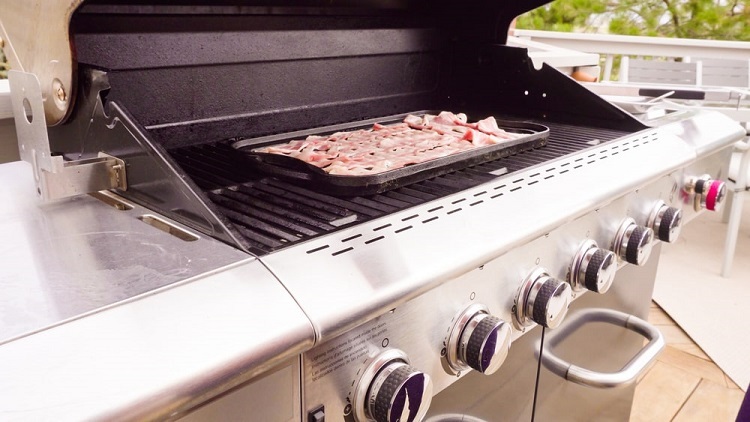When you work in the printing press business, you’re going to encounter anilox rolls. Anilox rolls are typically hard cylinders that are made of either aluminum or steel that then have a ceramic coating. On this ceramic coating there are millions of small dimples, known as cells. Depending on what you’re trying to print, you’ll want anilox rolls with different cell counts.
Table of Contents
How Do You Clean Anilox rolls?
In order to keep the fidelity of your prints high and increase the longevity of your rolls, it’s important to use anilox cleaners to keep your rolls working correctly. There are actually thousands of different cleaners on the market, that are all made of different formulas, chemicals and ingredients. Some cleaners are meant for specific cleaning applications while others are more multi-purpose and claim to work for lots of different applications. When deciding on which anilox cleaner is right for you, you’ll want to consider the following things.
Consider the Make of the Cleaner
You should never buy just any old anilox cleaner and immediately apply it to your roll. Instead, you should look up the ingredients and check it against safety data sheets. Because you’re in the printing business, you know how important it is to have a protected ceramic coating on the roll to prevent any scratches or dings, which then affect the print. You also should consider what the core of your anilox roll is made of. Depending on if it’s made of aluminum or steel will help you to pick cleaners that won’t corrode it. For instance, one cleaning chemical that is used often is sodium hydroxide. It is typically a strong chemical base in many detergents and soaps. If you have an aluminum core in your anilox roll, you’ll want to steer clear of this chemical. Sodium hydroxide can react with aluminum and cause extra corrosion.











Comments